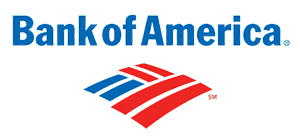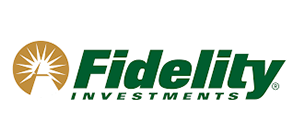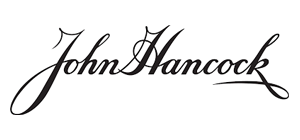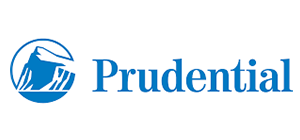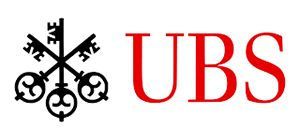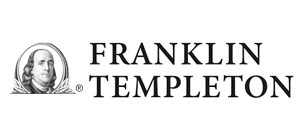Bridgewater Pure Alpha: How Much is Explained by Dynamic Beta?
Using predictive analytics to reproduce the beta exposures of the largest hedge fund
As reported by Risk Magazine at the end of 2004, Bridgewater Associates emphasized the need to identify systematic risks and separate alpha from beta, stating that many hedge funds’ strategies could be replicated with “naïve” portfolios. A few months later, Markov Processes International (“MPI”) released a report (“Seeing through walls – Bringing greater transparency to mutual fund and hedge fund analysis”) in which MPI introduced its proprietary returns-based technology for better due-diligence and to “reverse engineer” hedge fund returns such as the Bridgewater Pure Alpha Fund.
In October 2011, Bridgewater released a new report entitled “Hedge fund returns continue to be dominated by beta”. Inspired by Bridgewater’s new findings, we decided to extend our original analysis and dig deeper into the performances of one of the most successful hedge funds. Using MPI’s Factor Search procedure, our endeavor is to capture dynamic betas embedded in the Bridgewater flagship fund’s returns and attempt to reproduce its systematic performance behavior using a simple basket of indices or exchange-traded funds.
Introduction
Founded in 1975 by Raymond Dalio, Bridgewater Associates provides discretionary investment management and consulting services to institutional clients. Initially, their services were provided to corporations in the management of income and balance sheet exposures through investment in global credit and currency markets. Today, with more than $125 billion in assets under management and some of the largest corporate and public pension funds, sovereign wealth funds, endowments, family offices and fund of funds as clients, Bridgewater has became the largest alternative investment management firm in the world.
Bridgewater offers its institutional clients several strategies including an active management strategy (Pure Alpha), a constrained active management strategy that invests in a subset of the markets in which Pure Alpha invests (Pure Alpha Major Markets), and an asset allocation strategy (All Weather). The Pure Alpha Strategy was launched in 1991 with two different versions by volatility: Bridgewater Pure Alpha I, at 12% volatility with around $10 billion in assets under management, and Bridgewater Pure Alpha II, with a target volatility of 18% and close to $23 billion in AUM3. We decided to focus our analysis on Bridgewater Pure Alpha II Fund, Bridgewater’s largest commingled investment vehicle.
We seek to demonstrate how quantitative analysis and beta modeling techniques can be used by institutional investors to better understand fund behavior, anticipate performance and improve due diligence, risk management and portfolio monitoring of hedge funds.
MPI does not claim to know or insinuate what the actual strategy, positions or holdings of this fund were, nor are we commenting on the quality or merits of Bridgewater Associates’ Pure Alpha strategies. This analysis is purely returns-based and does not reflect actual holdings. Deviations between our analysis and the actual holdings and/or management decisions made by the fund are expected and inherent in any quantitative analysis. MPI makes no warranties or guarantees as to the accuracy of this statistical analysis, nor does it take any responsibility for investment decisions made by any parties based on this analysis.
Download full researchSign in or register to get full access to all MPI research, comment on posts and read other community member commentary.
